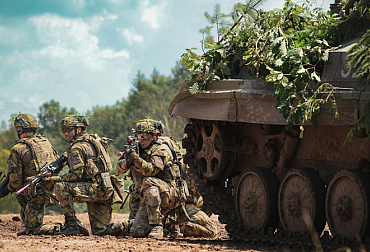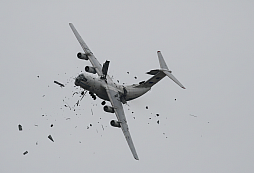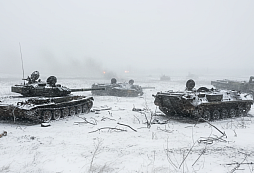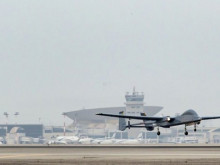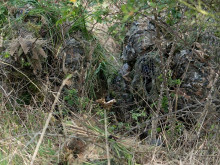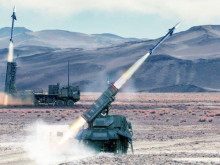Mobile air defense systems
In October this year, a long-awaited agreement was signed between the Ministries of Defence of the Czech Republic and Israel on the acquisition of the SPYDER short- and medium-range anti-aircraft missile system from the Israeli company RAFAEL, when these systems will replace the technically and morally obsolete Soviet systems. The question remains, however, whether the four batteries of the system are sufficient and will cover the complex needs of the Army in the field of Air Defence.
In the section on the required state of the Czech Army in 2030 (on page 18), the Concept of build-up of the Czech Army 2030 states that "Ground-based air defence will consist of short-range anti-aircraft missile systems with the possibility of using extended-range missiles and very short-range systems, supplemented by systems for countering unmanned aerial vehicles, missile, artillery and mortar fire. All systems will be capable of interfacing with other entities of national and alliance command and control systems and will have the capability to detect, track, identify and eliminate a wide range of airborne targets. Within the framework of the Czech Air Defence Forces NaPoSy, coverage of the designated part of the Czech airspace will be ensured around the clock and point protection of designated objects will be strengthened. The assets providing the air defence of the Land Forces will gain the ability to engage air attack assets on the move. The Land Forces units will be provided with VSHORAD (Very Short Range Air Defence) sets."
From the above, it is clear that the Army, at least prospectively, envisages the acquisition of a mobile air defence asset for ground forces. Although mobile air defence assets are not a priority of the Ministry, they cannot be ignored when observing the current developments in the world. In fact, unmanned vehicles and cruise missiles are increasingly appearing in the armaments of not only regular armies but also erratic non-state actors in Africa and the Middle East.
On the positive side, the Czech Armed Forces are aware of the dangers posed by the deployment of unmanned aerial vehicles and cruise missiles and want to actively counter them. In the SHORAD category, the Czech Ministry of Defence has already signed a contract for the high-end Israeli SPYDER suites. In the VSHORAD category, Swedish RBS-70NG kits continue to be included, however, a rather serious shortcoming of these systems is the lack of capability to operate while moving. Especially in the VSHORAD systems this shortcoming is visible. Fortunately, the Swedish manufacturer already offers the possibility of integrating the RBS-70NG on an 8x8 platform.
The second option to address the lack of highly mobile air defence assets is to install special turrets on wheeled or tracked platforms. Such turrets can be equipped with cannon, anti-aircraft missiles or, more recently, lasers. There are several countries where inspiration can be drawn. In the first place, the USA and the latest IM-SHORAD and DE M-SHORAD projects can be mentioned.
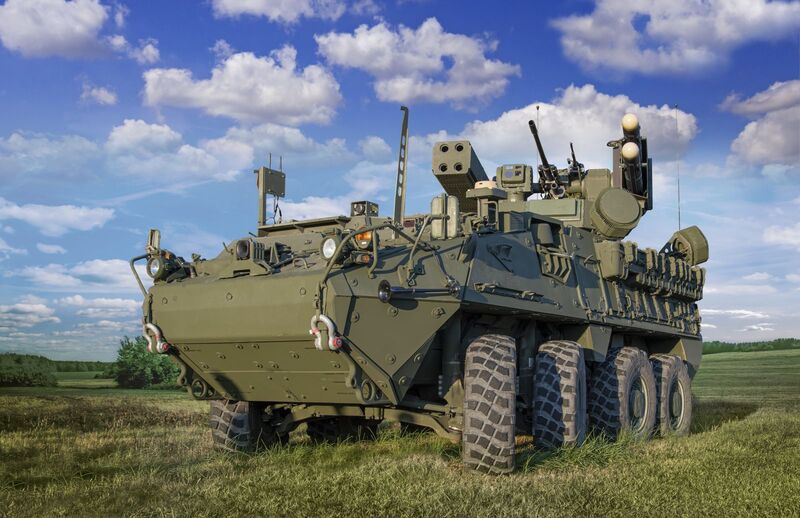 Picture: Stryker IM-SHORAD | U.S. Army
Picture: Stryker IM-SHORAD | U.S. Army
The former project marks the latest addition to the air and missile defence system on the Stryker 8x8 platform. Newly integrated on this platform is a 30 mm calibre cannon, a 12.7 mm calibre machine gun coaxially coupled to it, Stinger anti-aircraft cruise missiles and Hellfire missiles usable both against larger airborne targets and for possible self-defence of the vehicle itself. All of these weapon systems are then integrated into a remotely controlled weapon station. Unlike the Swedish solution, the US "AD Stryker" radar is located on the same vehicle as the weapon systems.
In the latter case, the acronym DE Directed Energy stands for laser-equipped vehicle. Like IM-SHORAD, the laser is mounted on an 8x8 Stryker wheeled chassis and the US Army will receive four prototypes of this vehicle as early as next year. DE M-SHORAD is designed primarily to counter smaller unmanned aerial vehicles and unguided missiles, artillery shells and mortars - current threats in Africa and the Middle East.
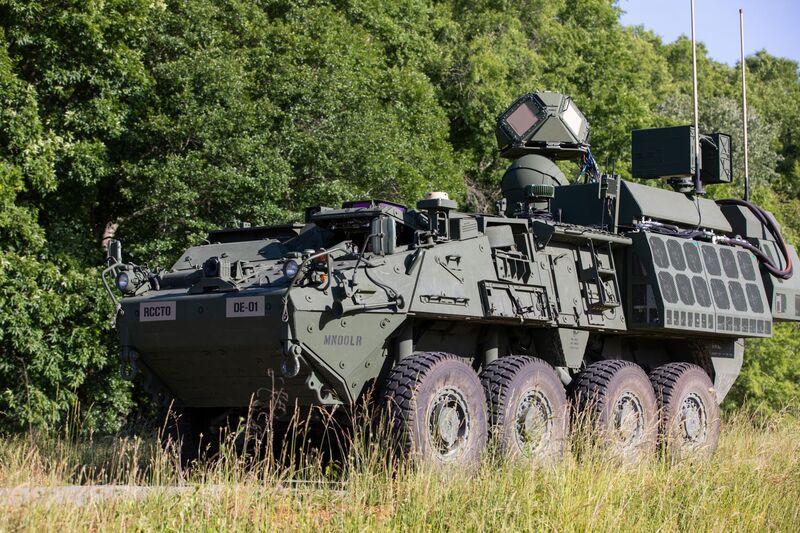 Picture: DE M-SHORAD on Stryker platform | U.S. Army
Picture: DE M-SHORAD on Stryker platform | U.S. Army
As part of Slovakia's modernisation of its armed forces, it is planning to purchase several hundred 8x8 wheeled armoured fighting vehicles, with one of the required versions being the air defence version. In total, the Slovak Army plans to purchase 56 8x8 wheeled armoured vehicles in the air defence version in the second phase of the acquisition. The exact form of the new air defence vehicle is not yet known, but even this simple intention of the Slovak Army could inspire the Czech Armed Forces and to some extent bring cooperation between the two countries, as one of the candidates for a new 8x8 combat vehicle for the Slovak army is the KBVP Pandur II 8x8.
In the context of the Nagorno-Karabakh conflict, the German Rheinmetall Group, which has been significantly strengthening its position in the field of air defence systems in recent years, has introduced a new solution in the field of air defence systems - the Skyranger 35, which, like the IM SHORAD, combines cruise missiles and a cannon. The Skyranger 35 can be mounted on 6x6, 8x8 and tracked platforms due to its relatively low weight of 2.5 t. In the latter case, the Skyranger 35 turret can be placed on the chassis of the Lynx - this version would be indistinguishable from a conventional BVP, which would provide a significant advantage in combat.
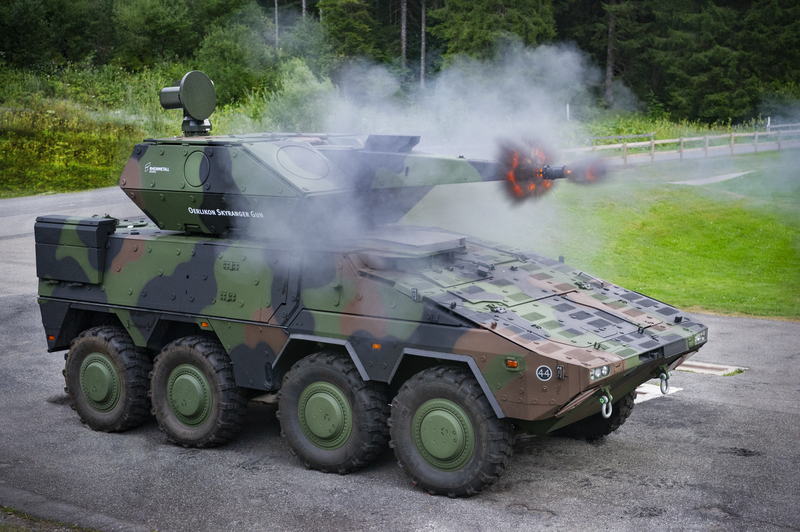 Picture: Project Skyranger air defense turret on Boxer vehicle platform | Rheinmetall
Picture: Project Skyranger air defense turret on Boxer vehicle platform | Rheinmetall
Moreover, the whole project of mobile air defence equipment for the Czech Armed Forces may have a significant Czech footprint. In addition to placing the system on a Czech-made chassis platform such as the Pandur II 8x8 or the TITUS six-wheeled armoured vehicle, Czech laser manufacturers may also be involved.
Whether private companies or research institutes such as the Czech Academy of Sciences, over time it is thanks to these entities that our republic has become a laser superpower. The aforementioned Academy of Sciences, for example, operates a laser for scientific and experimental purposes for the time being, but this does not mean that technology cannot be transferred to the defence industry in the future. Other Czech companies in this field can also participate in the integration of laser technologies in the field of defence and security. The Academy of Sciences' laser programme also provides a relatively robust basis for the transfer of defence and security laser technologies from abroad to the Czech Republic in the framework of industrial partnerships.
Unmanned aerial vehicles, unguided missiles, artillery shells and mortars are probably the biggest threats in conflicts where the Czech Army is currently deployed. Mobile assets can thus represent a significant expansion of Czech air defence capabilities.
















